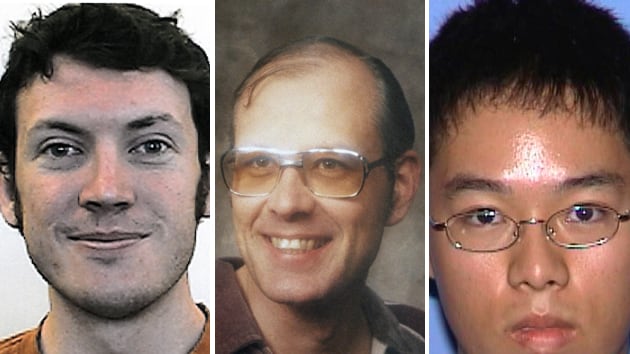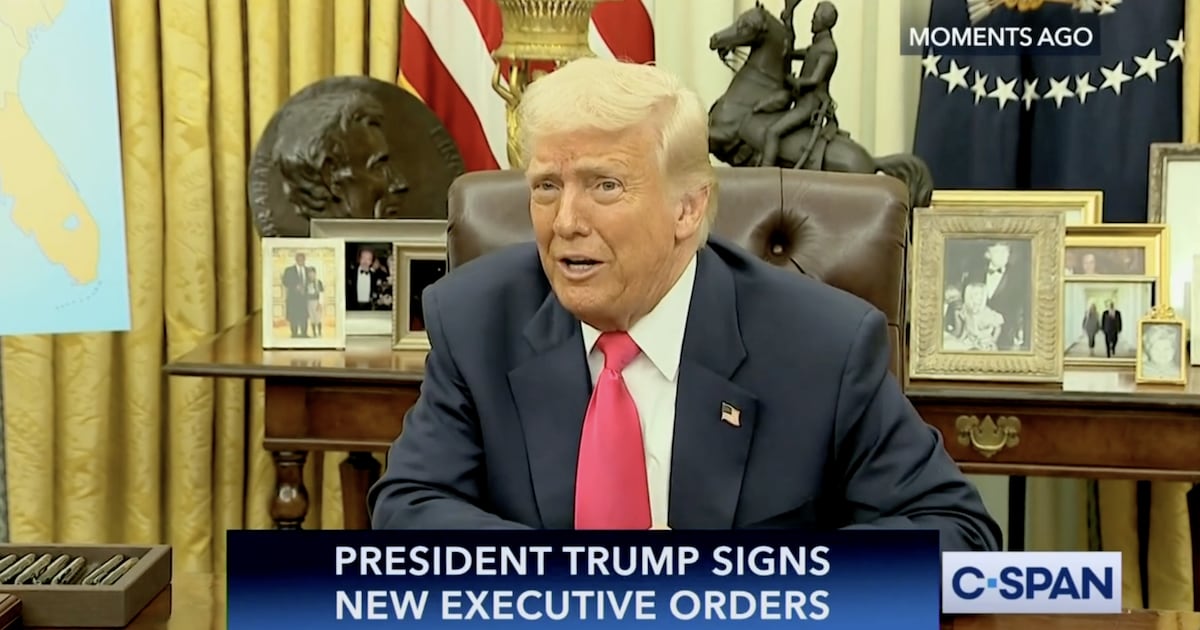If you want a glimpse inside the mind of a mass murderer, try to imagine yourself committing the kind of heinous crime carried out in a movie theater in Aurora, Colorado at midnight Friday. Most of us can sooner imagine being among those killed than being the killer--a testament to the rarity and complexity of the shooter’s mind.
“People usually don’t commit mass murder more than once,” says Dr. Michael Stone, professor of clinical psychiatry at the Columbia College of Physicians and Surgeons in New York City, who has closely examined the minds of 208 mass murderers. “Usually you’re dealing with an angry, dissatisfied person who has poor social skills or few friends, and then there is a trigger that sets them off.”
In the case of 24-year-old James Holmes, the suspect in Thursday’s shooting spree, police have found no clear motive for the attack. But the fact that he survived the incident himself and is currently in custody will give psychologists an opportunity to learn more about what might have triggered the murder rampage.
Stone, who wrote The Anatomy of Evil and hosted a series on the Discovery Channel about the psychology of serial killers, points out that many mass murderers kill themselves either in a terrorist attack or shortly after carrying out a shooting spree.
“The precise knowledge of what makes these people tick is harder to come by than in a case of a serial killer who is studied very carefully by psychologists on the defense and prosecution,” Stone said, adding that 96.5 percent of mass murderers are male, and a majority aren’t clinically psychotic. Rather, they suffer from paranoia and often have acute behavioral or personality disorders. In some cases, like that of mass murderer James Huberty, who in 1984 shot dead 21 people and wounded 19 others at a McDonald’s in San Ysidro, California, the perpetrator harbors a severe grudge or murderous feelings toward someone. Huberty, whose murderous rampage went on for 77 minutes before a cop shot him dead, had been fired from his job not long before the incident.

Similarly, in 1990, Julio Gonzalez dumped gasoline in the entrance hall of New York’s Happy Land Social Club, setting it afire--and killing 87 people--as an act of revenge against his ex-girlfriend, who worked there at the time.
“Jealousy is a subtype of paranoia,” Stone says, “but it doesn’t necessarily indicate psychosis.” Of the roughly 200 mass murderers whom Stone has studied, only 25 were ruled clinically insane. The others are generally social misfits or angry loners who are then “tipped over into ungovernable rage by some event,” says Stone.
Michael Perry, the schizophrenic man who stalked Olivia Newton-John and later killed his entire family, is in the minority. Most mass murderers have psychopathic--not psychotic--tendencies. They’re callous, manipulative, and often unfeeling.
In 1955, John Gilbert Graham, heavily in debt, took out life insurance on his mother and put a bomb in her suitcase before she boarded a plane. “We all have to die sometime,” Graham said, according to Stone, when asked how he felt about killing 52 other people on board.
Seung-Hui Cho, the 23-year-old student who shot himself following the Virginia Tech massacre in 2007, also falls into the psychopathic category. Diagnosed in middle school with depression and selective mutism (a psychiatric disorder in which someone who can normally speak has difficulty doing so in social situations), Cho concocted a grandiose image of himself to make up for his disablingly low self-esteem. In a video from the postmortem package Cho sent to NBC, he spoke to the camera as if speaking to one of his victims: “Thanks to you, I die like Jesus Christ.”
Holmes was reportedly dressed like the Batman arch-villian “The Joker” when he allegedly opened fire at a midnight showing of The Dark Knight Rises. This has fueled speculation that he, too, wanted to establish a grandiose vision of himself.
“That’s true of many serial killers and other people of that stripe who are really nothings until they commit mass murders, at which point they become iconic figures,” says Stone. “When one dresses up as a comic figure and lives out a violent comic story as though he’s someone everyone should be afraid of, suddenly he moves from obscurity and insignificance to Andy Warhol’s 15 minutes of fame.”






